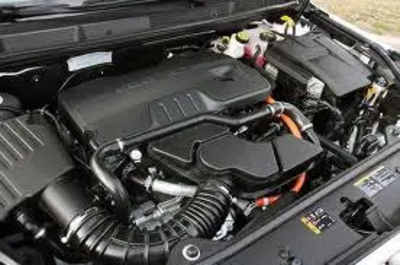Lies, damned lies and the Department of Transport

Dr Sarah Hill is the County Councillor for Market Harborough East and chairs the Health Overview and Scrutiny Committee on Leicestershire County Council. |
County Councillors recently had a briefing on future road transport issues for the County in the future; where traffic congestion is most problematic, and what the Council might do about this, given our reduced budgets.
One figure that stood out for me was the assertion than the cost of running a car will go down by 20% (in real terms) by 2031. Given the rising cost of fuel, I found this hard to believe, as most family cars aren't super efficient. Assumptions like this are driving the recommendations about future road use in the County and beyond. So I decided to query the figures - what is behind this assumption? We ended up with a document snappily entitled "TAG UNIT 3.5.6 Values of Time and Vehicle Operating Costs" which is from the Central Government Department for Transport, Transport Analysis Guidance (TAG).

So, 29 pages later am I any the wiser? Well, the 20% reduction in costs is based on a year on year improvement in the fuel efficiency of cars. The DFT reckon cars will be 35-45% more efficient by 2031, starting from 2008. Is this a reasonable assumption? Well, between 2008 and 2010 new cars got more efficient by 1.42% a year. Between 2010 and 2030 they are assumed to get better by at least 2% a year. So they calculate that if you keep buying a new car, you might use one third less fuel by 2031.
However, the 2% plus a year improvement is based upon EU emission targets being met. A quick look at the EU emission targets reveals an interesting caveat. Manufacturers must reduce carbon dioxide emissions across their product range, but not necessarily across the cars they actually sell. For example, Aston Martin buys in Toyota iQs, refits them and sells them as Aston Martin Cygnets. Hey presto, Aston Martin have reached their emissions target across the range, but that doesn't necessarily reflect what is actually sold. I've yet to see a Cygnet outside of a showroom!
That isn't the end of the story. They project the "Resource Cost" of fuel (the price before Fuel Duty and VAT is added) will rise less than 25% over the next 20 years. Given that the same table shows that cost to have risen by almost 150% over the last 10 years, such projections seem highly optimistic. Having seen how optimistic their projections are for efficiency and fuel prices, their prediction of a 20% drop in car running costs doesn't seem very credible.
What does that mean for the lowly resident of Leicestershire? The Department for Transport will expect them to just keep driving, as they think it's going to get cheaper. As a result, don't expect them to put serious effort into promoting an alternative any time soon, meaning we'll be unprepared for the actual rise in costs when it comes. Bad news all round really.
